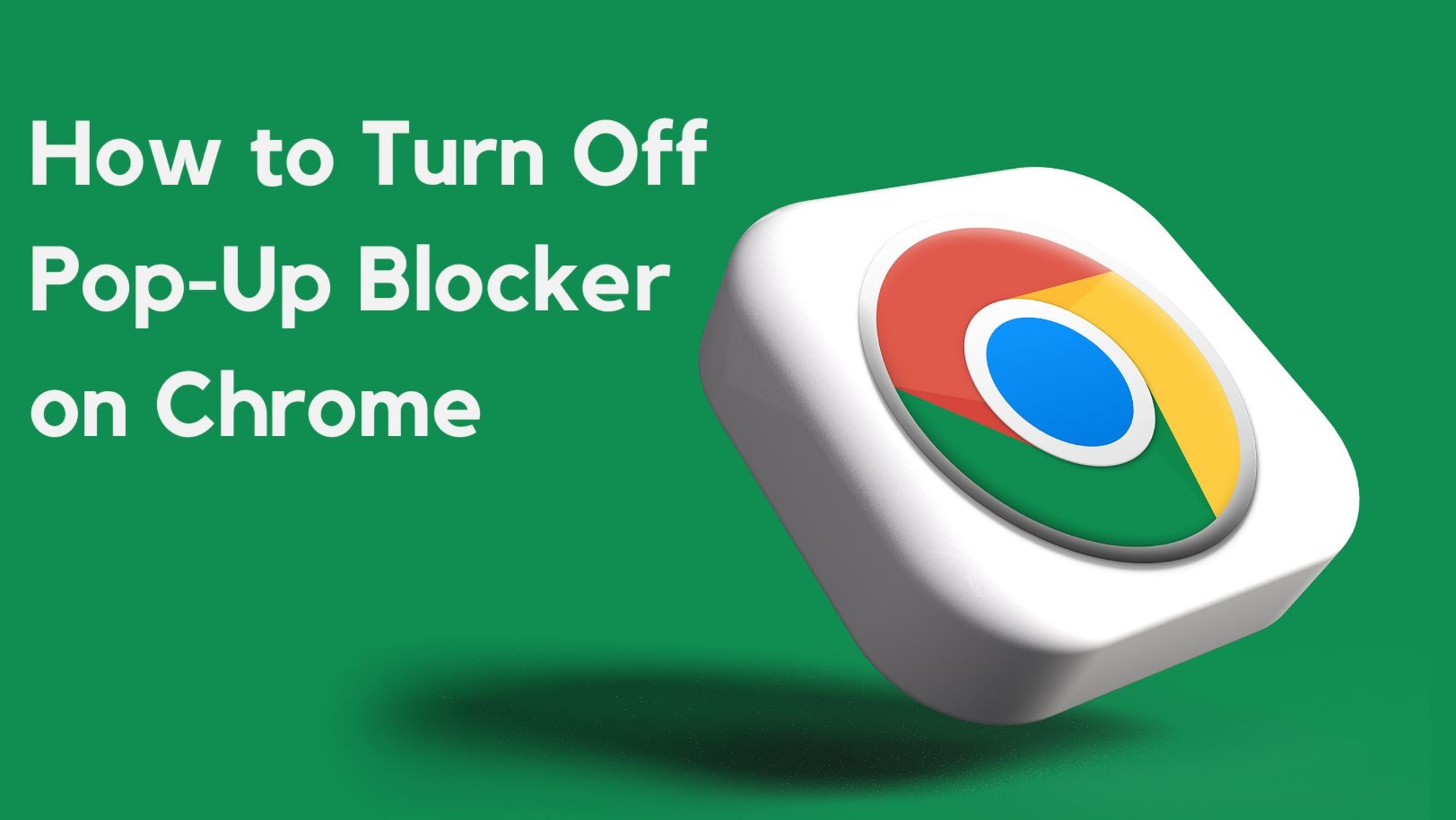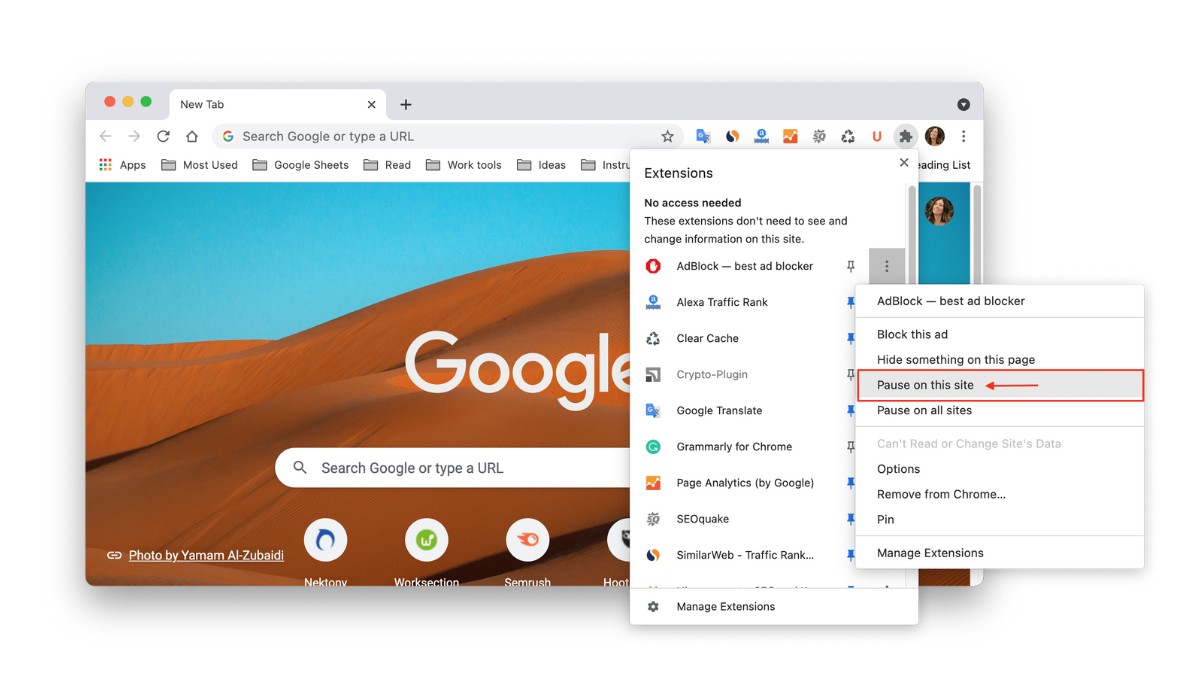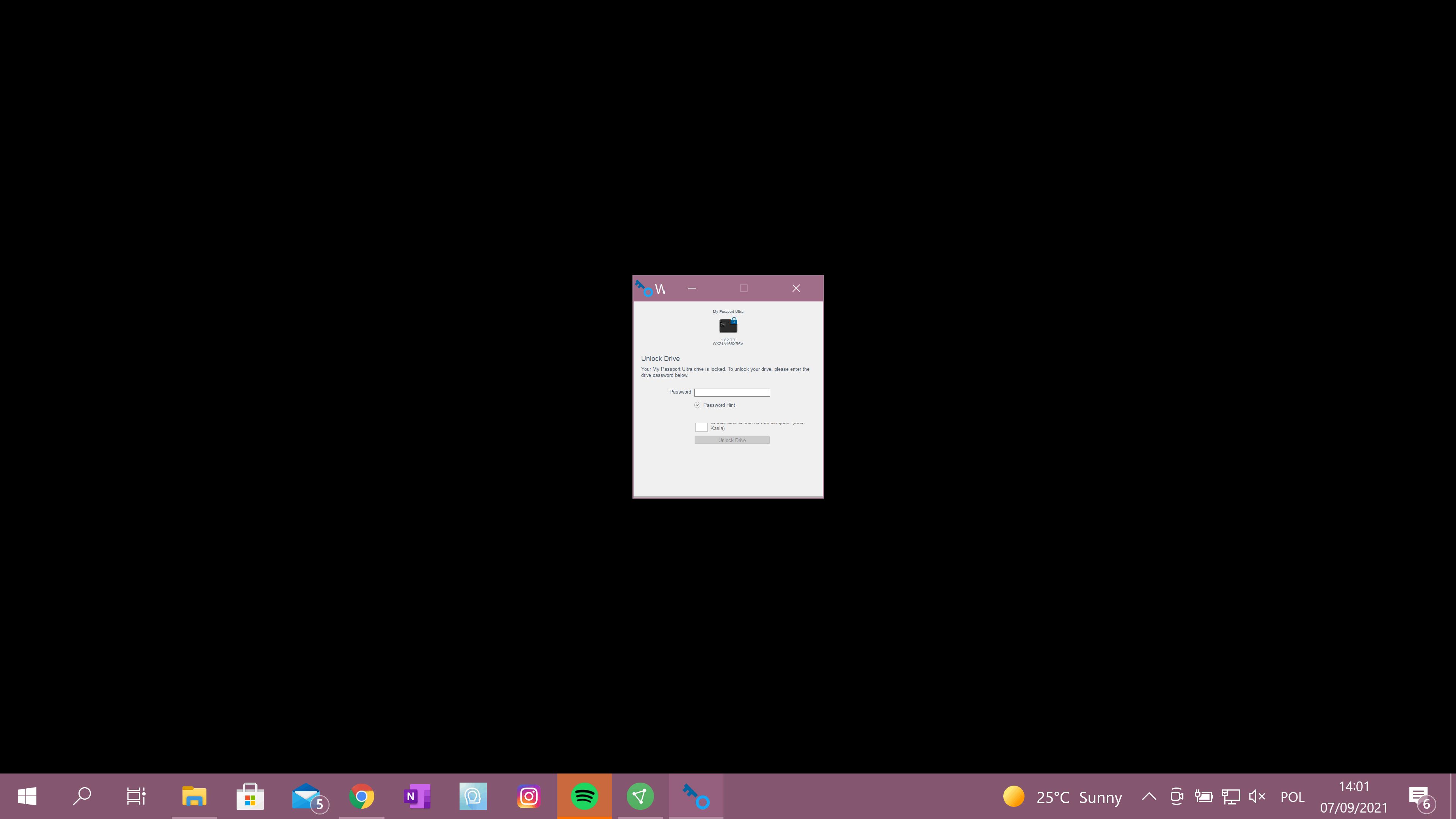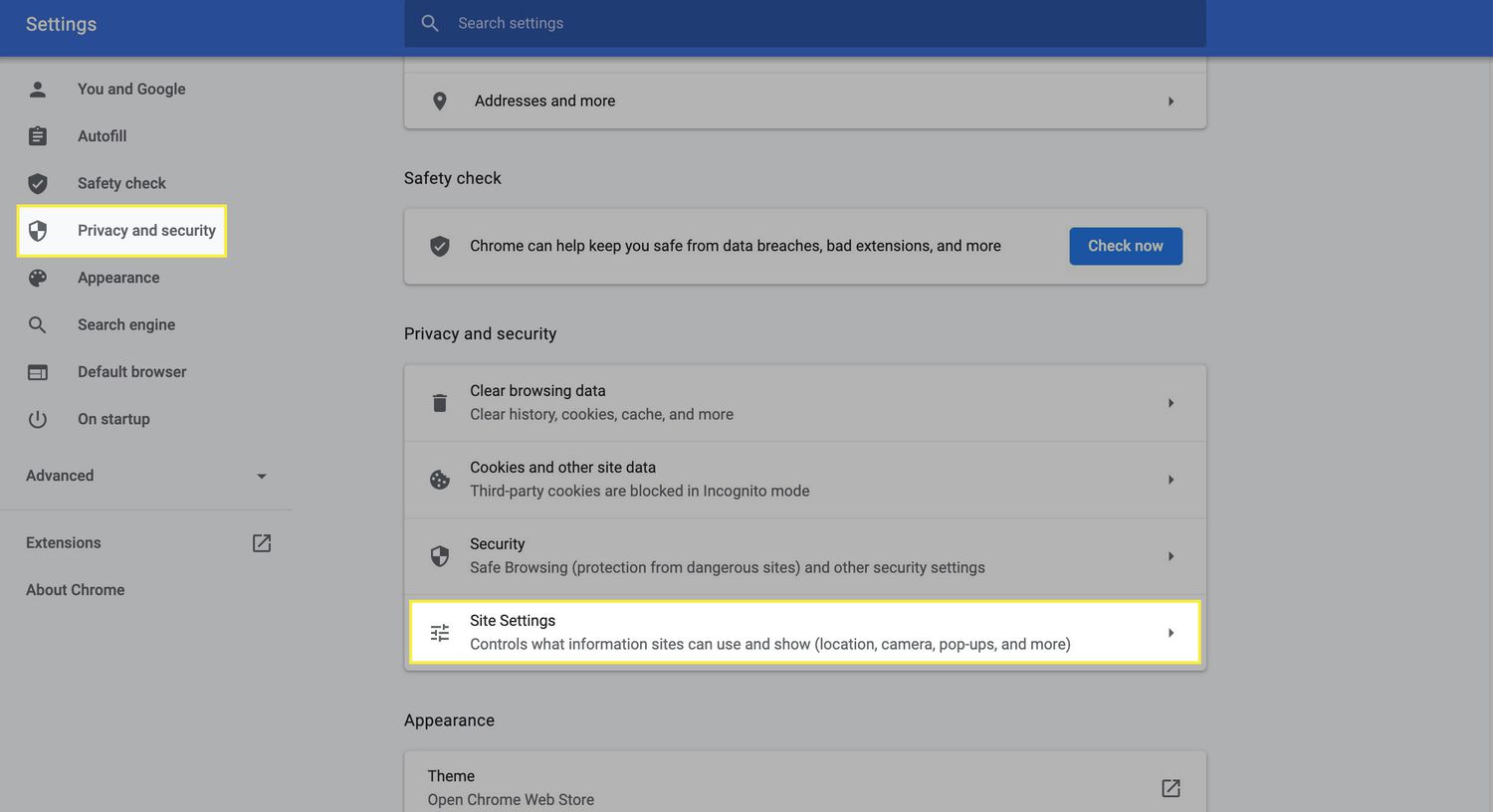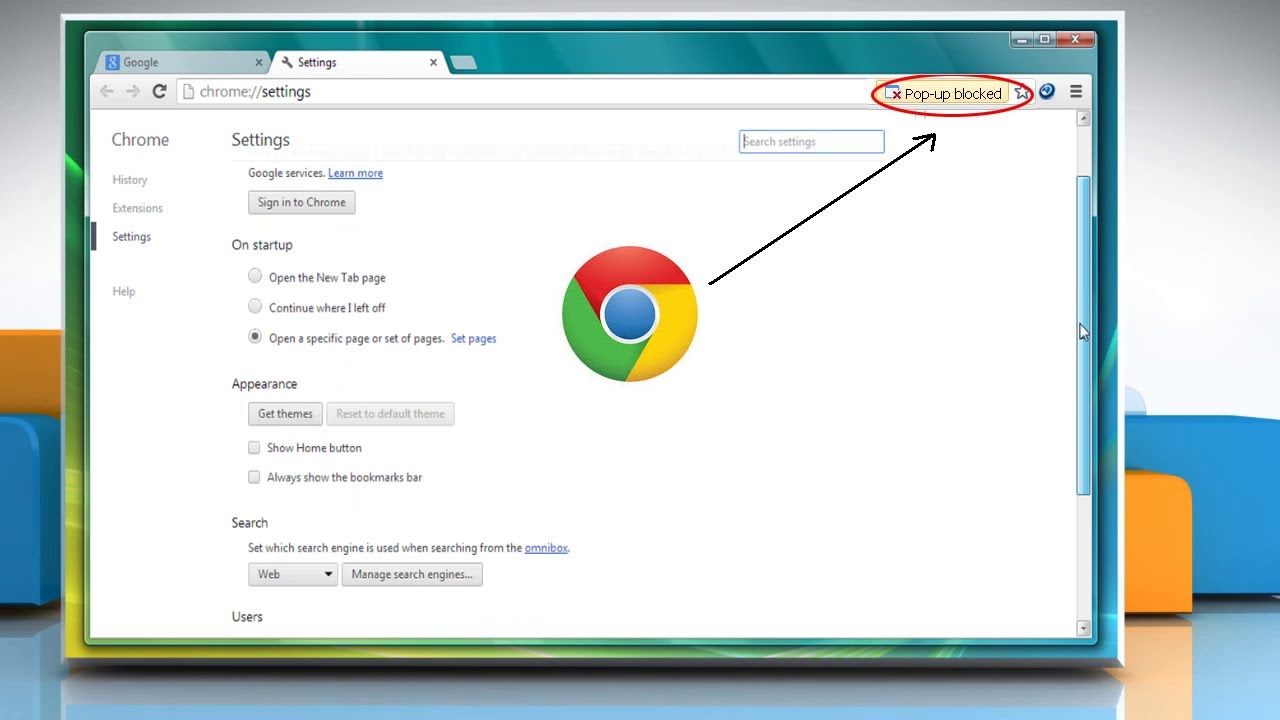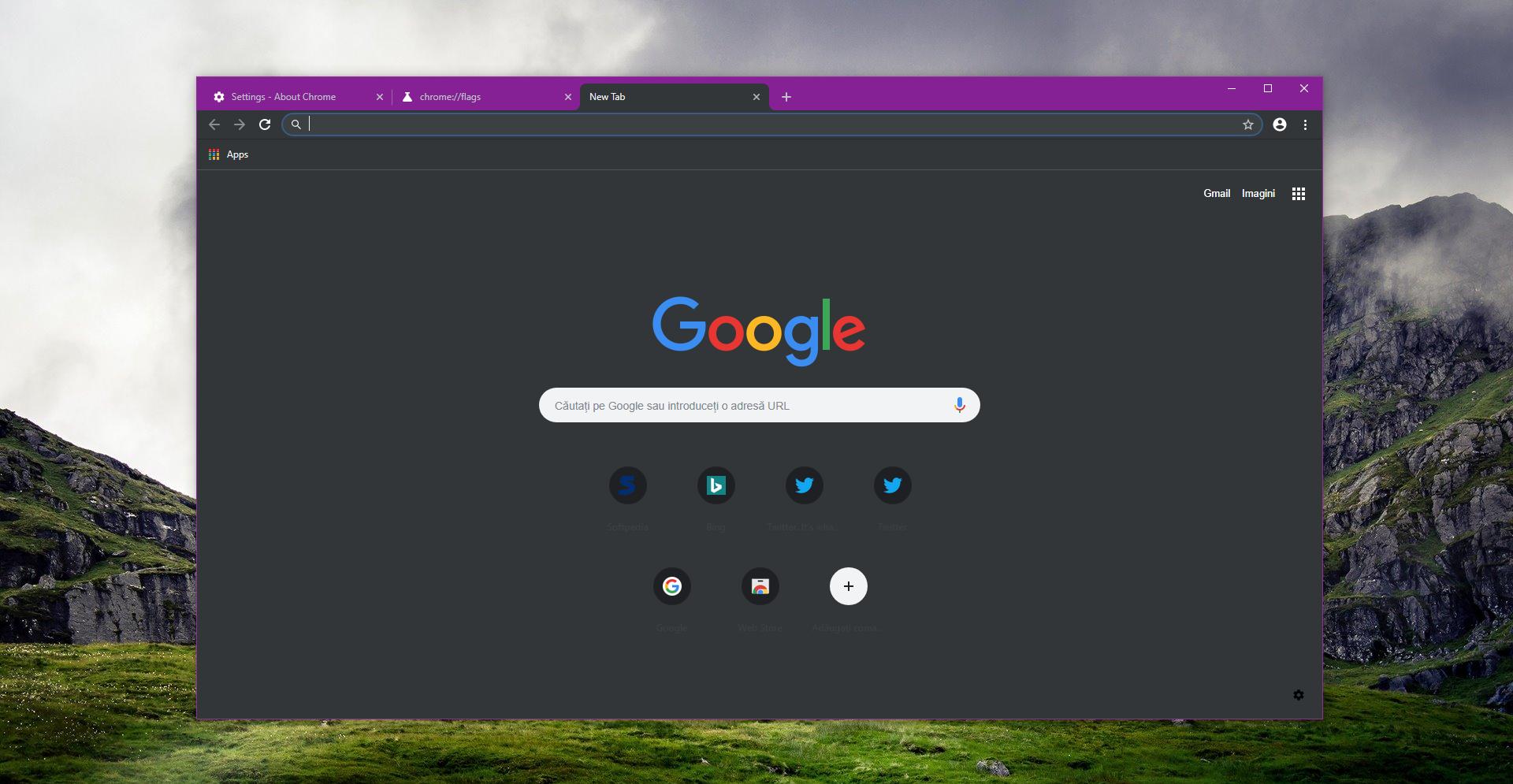Introduction
When browsing the web, encountering pop-up windows can be both a nuisance and a potential security risk. While some pop-ups may contain valuable information or important alerts, others are simply intrusive advertisements or, worse, malicious attempts to compromise your device's security. To combat this, web browsers like Google Chrome come equipped with a built-in pop-up blocker, which automatically prevents these windows from disrupting your browsing experience. However, there are instances when you may need to temporarily disable this feature to access specific content or services.
In this guide, we will delve into the process of turning off the pop-up blocker in Chrome. Whether you're trying to access a legitimate website that requires pop-ups for functionality or troubleshooting issues related to blocked content, understanding how to manage this feature can significantly enhance your browsing experience. Additionally, we will explore how to manage exceptions within the pop-up blocker settings, allowing you to customize the behavior of this feature for specific websites.
By the end of this article, you will have a comprehensive understanding of how to navigate Chrome's settings to control the pop-up blocker, empowering you to make informed decisions about when to allow pop-ups and when to keep them at bay. So, let's dive in and uncover the steps to take control of pop-ups in Chrome!
Accessing Chrome Settings
Accessing Chrome's settings is the first step towards gaining control over the pop-up blocker and other browsing preferences. Chrome provides a user-friendly interface for managing various features, including the pop-up blocker. Here's how to access the settings:
-
Opening Chrome Menu: Begin by launching Google Chrome on your device. At the top-right corner of the browser window, you will find the Chrome menu represented by three vertically aligned dots. Click on this icon to reveal a dropdown menu.
-
Navigating to Settings: Within the dropdown menu, scroll down and locate the "Settings" option. Click on "Settings" to access the browser's configuration panel.
-
Exploring Advanced Settings: In the Settings panel, you will find a range of options to customize your browsing experience. To access advanced settings, scroll down to the bottom of the page and click on "Advanced" to reveal additional configuration options.
-
Locating Privacy and Security Settings: Within the Advanced settings, you will find the "Privacy and security" section. Click on this option to unveil a set of features related to privacy, security, and content settings.
-
Accessing Pop-Up Blocker Settings: Under the "Privacy and security" section, you will find the "Site settings" option. Click on this to access a range of site-specific preferences, including the pop-up blocker settings.
By following these steps, you can easily access Chrome's settings and navigate to the specific section where the pop-up blocker feature can be managed. This initial stage sets the foundation for customizing your browsing experience and gaining control over how Chrome handles pop-up windows.
Accessing Chrome's settings is a straightforward process that empowers users to tailor their browsing environment to suit their preferences and requirements. With the settings readily accessible, you can proceed to the next steps of managing the pop-up blocker and fine-tuning its behavior based on your specific needs.
Turning Off Pop-Up Blocker
Disabling the pop-up blocker in Chrome is a straightforward process that grants you temporary access to websites or services that require pop-ups for essential functionality. Here's a step-by-step guide on how to turn off the pop-up blocker:
-
Accessing Pop-Up Blocker Settings: After navigating to the "Site settings" section within Chrome's settings, locate the "Pop-ups and redirects" option. Click on this to access the specific settings related to the pop-up blocker.
-
Turning Off the Pop-Up Blocker: Upon entering the "Pop-ups and redirects" settings, you will find a toggle switch next to "Blocked (recommended)". Click on the toggle switch to turn off the pop-up blocker temporarily. When the blocker is disabled, the toggle switch will move to the "Allowed" position, indicating that pop-ups will be permitted on all websites during this browsing session.
-
Confirmation: Once the pop-up blocker is turned off, you will receive a confirmation message indicating that pop-ups are now allowed. This confirmation serves as a visual cue, ensuring that you are aware of the change in the pop-up blocker's status.
By following these steps, you can effectively disable the pop-up blocker in Chrome, granting you access to websites or services that rely on pop-ups for legitimate purposes. It's important to note that turning off the pop-up blocker should be done judiciously, and it's advisable to re-enable the blocker after completing the necessary tasks on the specific website.
Disabling the pop-up blocker temporarily provides the flexibility to engage with content or services that require pop-ups without compromising the overall security of your browsing experience. Once the required tasks are completed, it's recommended to re-enable the pop-up blocker to maintain a secure browsing environment.
Understanding how to turn off the pop-up blocker in Chrome empowers you to navigate the web more effectively, ensuring that you can access essential content and services while retaining control over your browsing security. With this knowledge, you can confidently manage the pop-up blocker based on your specific needs, striking a balance between accessibility and security in your browsing journey.
Managing Exceptions
In addition to turning off the pop-up blocker entirely, Google Chrome allows users to manage exceptions for specific websites. This feature provides a granular level of control, enabling you to customize the behavior of the pop-up blocker for individual sites. By adding exceptions, you can ensure that certain websites are allowed to display pop-ups, while the blocker remains active for all other sites. Here's how to manage exceptions within the pop-up blocker settings:
-
Accessing Pop-Up Blocker Settings: After navigating to the "Pop-ups and redirects" section within Chrome's settings, look for the "Block" section. Here, you will find the "Add" button next to "Block", which allows you to add exceptions for specific websites.
-
Adding Exceptions: Click on the "Add" button, and a dialog box will appear, prompting you to enter the web address for which you want to create an exception. Enter the URL of the website for which you wish to allow pop-ups and redirects.
-
Confirming the Exception: After entering the website's URL, click "Add" to confirm the exception. Once added, the website will appear in the "Allow" section, indicating that the pop-up blocker will not interfere with the site's pop-up behavior.
By managing exceptions, you can tailor the pop-up blocker's behavior to accommodate specific websites that require pop-ups for essential functionality. This level of customization ensures that your browsing experience remains seamless while maintaining the overall security provided by the pop-up blocker.
Managing exceptions within the pop-up blocker settings empowers you to strike a balance between security and accessibility, allowing you to interact with trusted websites that rely on pop-ups without compromising your overall browsing safety. This feature is particularly useful for websites that deliver legitimate pop-up notifications, such as those related to important updates, alerts, or essential functionalities.
By understanding how to manage exceptions within the pop-up blocker settings, you can optimize your browsing experience, ensuring that essential pop-ups are allowed while maintaining a secure environment for all other websites. This level of control reflects Chrome's commitment to providing users with the tools to personalize their browsing experience according to their specific needs and preferences.
Conclusion
In conclusion, mastering the art of managing the pop-up blocker in Google Chrome empowers users to navigate the web with a harmonious blend of accessibility and security. By understanding how to access Chrome's settings, turn off the pop-up blocker, and manage exceptions, individuals can tailor their browsing experience to suit their specific needs and preferences.
The ability to access Chrome's settings and navigate to the pop-up blocker configuration panel serves as the foundation for taking control of this feature. This initial step provides users with the necessary tools to customize their browsing environment, ensuring that they can make informed decisions about pop-up behavior.
Turning off the pop-up blocker, albeit temporarily, grants users the flexibility to engage with websites or services that rely on pop-ups for essential functionality. This capability is particularly valuable when accessing legitimate content or completing tasks that require the temporary allowance of pop-ups. However, it's important to exercise caution and re-enable the pop-up blocker after the necessary tasks are completed to maintain a secure browsing environment.
Furthermore, the option to manage exceptions within the pop-up blocker settings offers a nuanced approach to controlling pop-up behavior for specific websites. By adding exceptions, users can ensure that trusted websites are allowed to display pop-ups while the blocker remains active for all other sites. This level of customization reflects Chrome's commitment to providing users with the tools to personalize their browsing experience according to their specific needs and preferences.
In essence, the process of managing the pop-up blocker in Chrome embodies the balance between accessibility and security. It empowers users to engage with essential content and services that rely on pop-ups while maintaining a robust defense against intrusive or malicious pop-up windows. By mastering these techniques, individuals can navigate the web with confidence, knowing that they have the necessary tools to control pop-up behavior based on their unique browsing requirements.
Ultimately, the knowledge gained from understanding how to manage the pop-up blocker in Chrome elevates the browsing experience, allowing users to interact with the web on their own terms while upholding a secure and seamless environment.







